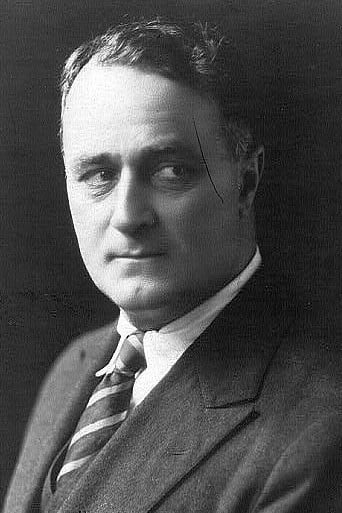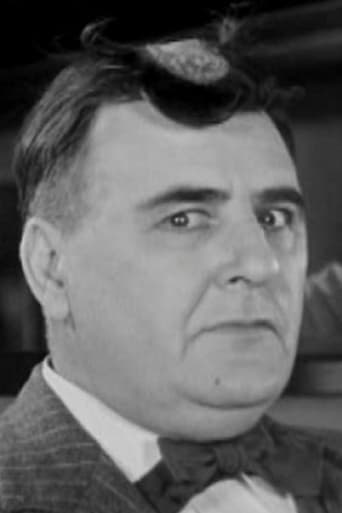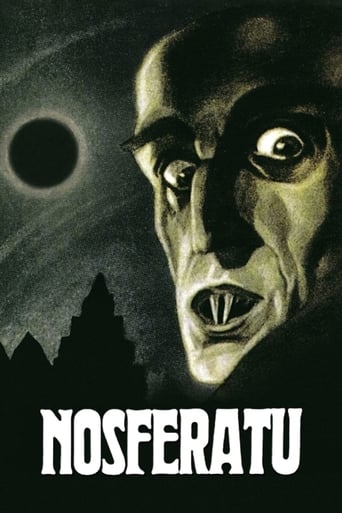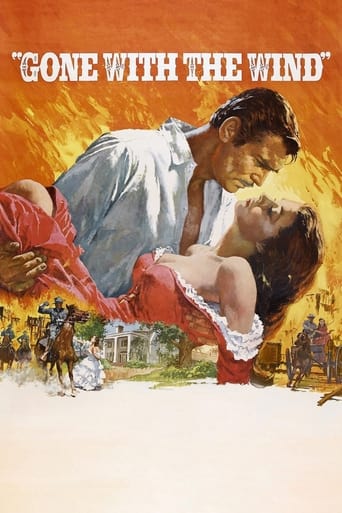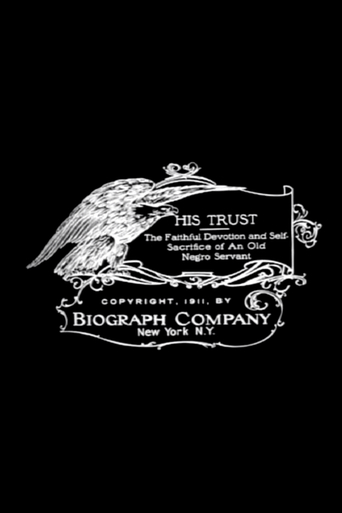

His Trust (1911)
A Confederate officer is called off to war. He leaves his wife and daughter in the care of George, his faithful Negro servant. After the officer is killed in battle, George continues in his caring duties, faithful to his trust.
Watch Trailer
Cast


Similar titles
Reviews
His Trust (1911) **** (out of 4)A Union soldier goes to fight in the Civil War and asks his black servant George (Wilfred Lucas) to take care of his wife and children. After the soldier dies the servant must do everything he can to keep the family strong. I think this here is one of Griffith's strongest shorts and I'd add that I also think this film shows black in the most positive way of any early film I've seen. The debate on the blacks being in blackface could go on and on but Griffith worked from his own group actors. I think the film is incredibly strong story and action wise. The battle sequences aren't the biggest that the director handled in his career but they are still full of excitement and wonder. I think their greatest aspect is how realistic they are. The story itself is a quite touching one as the servant must do whatever he can to protect the family since he gave his word to do so. Loyalty and love are subjects Griffith would tackle many times but the special detail here really makes this movie stick out among the five-hundred plus that he made.
His Trust is not particularly remarkable as Griffith Civil War shorts go, except for one aspect. Along with its sequel His Trust Fulfilled, it features the only heroic black character in all his films. That's not to let Griffith off the hook for the appalling racism of Birth of a Nation this is still a rather patronising portrayal, not to mention the ridiculous use of white actors in blackface. However it is further proof that Griffith was not an out-and-out racist, and it even hints tentatively at miscegenation.Throughout Griffith's dozen or so Civil War shorts he made while at Biograph you can see the battle scenes evolving. In the one here, the emphasis is more upon chaos than heroism. It's an important development, although Griffith never quite mastered the depiction of war as tragedy he could never get away from trying to make action sequences exciting. Still, there is some good staging here, with Griffith foregrounding individual soldiers being shot against the backdrop of gun smoke, making the casualties stand out and appear real.The battle sequence is brief however, and you can see what Griffith is really trying to develop here is the emotional angle. Unfortunately, while the family scenes are given prominence, they are not done especially well. The scene of the soldiers going off to war is actually a step backwards from the very similar one in his previous civil war film In the Border States. The shot composition is rather messy, and you barely notice Claire McDowell slipping indoors, distraught. Another weakness is that Griffith fails to visually introduce Wilfred Lucas' character. The significance of the "old Negro servant" is mentioned in the opening title, but in his first scene he is shoved to the side of the frame, and the all important moment where the trust is given takes place half on and half off screen.The standout moment in His Trust is towards the end, where the mother and daughter watch their home burn to the ground. It's said that Griffith invented the face in cinema. Well, he probably also invented the back. As in The Unchanging Sea, this is a good example of how he faces actors away from the camera to convey sadness with the subtlety of their body language. There's also a great bit of emotional punctuation as the house finally comes crashing down. However, this well-staged moment is not enough to save what is overall a rather dull picture.
In this story, Negro servant "George" is asked to look after his master's wife and child when he ("Colonel Frazier") goes off to war. Soon, the master is killed in the Civil War. It's bad enough the man died, but then the heartless Yankees came and looted the house and burned it down. George goes into the fire and retrieves the small child and the Frazier's sword - a sentimental piece offered to his wife after her husband's death. George, the woman and child - all homeless - then find a shack and poor George has to sleep outside. End of story.Wilfred Lucas played "George;" Dell Henderson, "Col. Frazier" and Claire McDonald played Frazier's wife. She had a very square face that reminded me a bit of Demi Moore. For a film made in 1911, I thought the battle scenes were pretty good and were probably considered "big production" at that time.I know the obvious flaw of having all white actors play the black people will turn off a lot of viewers but that's the way it was for the first three decades or so in film-making, and you just accept it as a "product of its time." Otherwise, this was a decent little drama for when it was made and that ending, with George curling up on the front steps to sleep, was very powerful, I thought.
D.W. Griffith's 1911 film "His Trust" is about colored servant George who takes care of the wife and child after the husband died in battle. Good films. Better than average on most levels, although the black face makeup remained the prime focus of the civil war film. Followed by sequel released a week after this film during its initial run in theaters.


